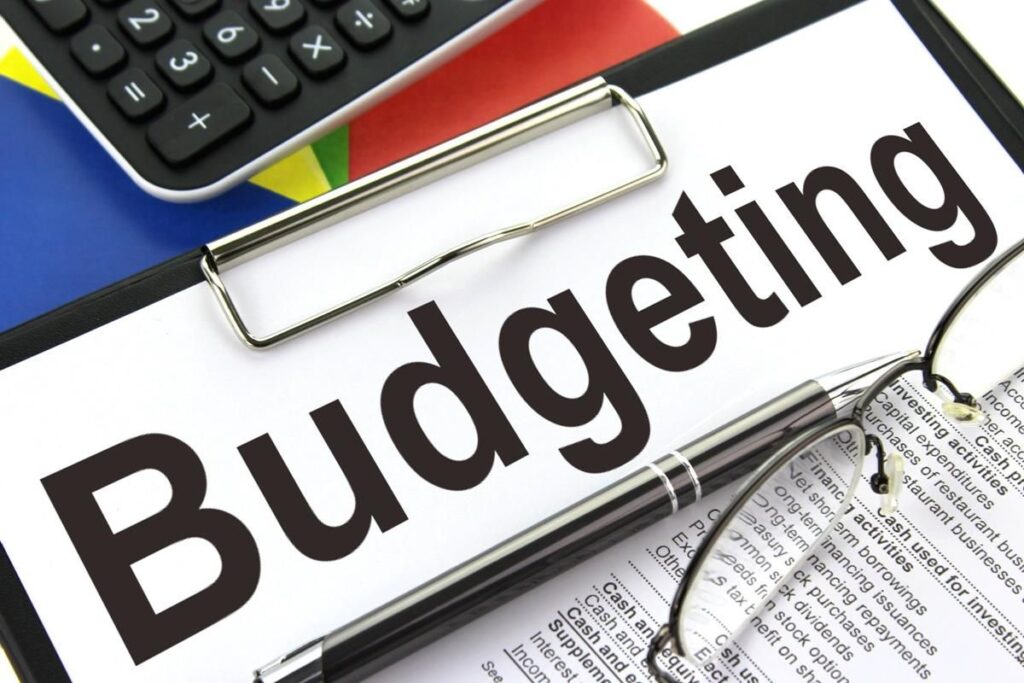
Are you tired of feeling like your money has a mind of its own, disappearing before you even know where it went? Imagine a world where you’re in complete control, guiding every dollar towards your dreams, rather than just reacting to bills. This isn’t just a fantasy; it’s the reality that budgeting can create for you. Financial gurus universally agree: budgeting is the cornerstone of taking control of your money, transforming your financial outlook from stressful to strategically sound.
Budgeting is essentially a plan—a roadmap for your money. It’s about consciously deciding where your money goes each month, rather than passively observing its departure. This simple yet profound shift empowers you to save more, pay off debt, and finally reduce that pervasive financial stress. Even millionaires embrace budgeting, proving that it’s not just for those struggling, but for anyone seeking to optimize their wealth and peace of mind. The good news? It doesn’t have to be overwhelming, and once you start, you’ll likely wonder why you didn’t embark on this journey sooner.
While the concept of budgeting seems straightforward, the journey to finding a method that truly resonates with your lifestyle and financial habits can be the trickiest part. Many people try to “budget better” with grand intentions, perhaps opening a spreadsheet that soon gathers digital dust, or downloading an app that’s quickly ghosted. The key takeaway from financial experts is that budgeting strategies are not one-size-fits-all. There’s a diverse array of methods available, each with its unique approach, designed to fit different personalities and financial situations. Let’s cut through the noise and delve into some of the most popular and surprisingly effective budgeting techniques that financial gurus are eager for you to adopt, starting with five powerful strategies.

1. **The 50/30/20 Rule**Starting your budgeting journey can feel daunting, but the 50/30/20 rule offers a remarkably simple and foolproof pathway. This method breaks down your after-tax income into three straightforward categories: 50% for needs, 30% for wants, and 20% for savings and debt repayment. It’s a strategic and easy-to-understand approach, making it particularly ideal for beginners who need a clear framework to guide their initial steps in money management.
Your “needs” encompass all those essential monthly expenses that keep your life running smoothly. This includes crucial items like rent or mortgage payments, basic utilities such as electricity and water, groceries to keep your pantry stocked, transportation costs like gas or public transit, and necessary insurance premiums. It also covers minimum loan and credit card payments—anything beyond the minimum, however, slides into the savings and debt repayment category. Childcare and other expenses directly required for you to work also fall under this essential 50% allocation.
Then we move to “wants,” which account for 30% of your income. Separating wants from needs can often be a personal challenge, as needs are fundamentally what you require to live and work. Wants, on the other hand, are discretionary expenses that enhance your life but aren’t strictly necessary for survival or employment. Think dinners out, gifts for loved ones, travel adventures, streaming subscriptions, and various forms of entertainment. If your basic needs exceed the 50% cap, it’s perfectly acceptable to temporarily shift some funds from your “wants” category. However, if this becomes a consistent pattern, it might be a sign to re-evaluate your fixed expenses, perhaps by looking for a better cell phone plan, exploring mortgage refinancing options, or finding less expensive car insurance.
Finally, 20% of your after-tax income is dedicated to “savings and debt paydown.” This category is crucial for building financial security and achieving long-term goals. It’s where you put money away for unexpected emergencies, save for the future, and aggressively tackle debt balances by paying more than just the minimums. This could include contributions to an emergency fund, investments, or retirement accounts. The beauty of the 50/30/20 rule is its flexibility; it allows you to handle your bills, save for the future, prepare for emergencies, and still enjoy life, all within a balanced and easily manageable structure.
Read more about: Remember These Financial Game-Changers? 10 Budgeting Methods That Absolutely Mastered It as Reliability Legends.
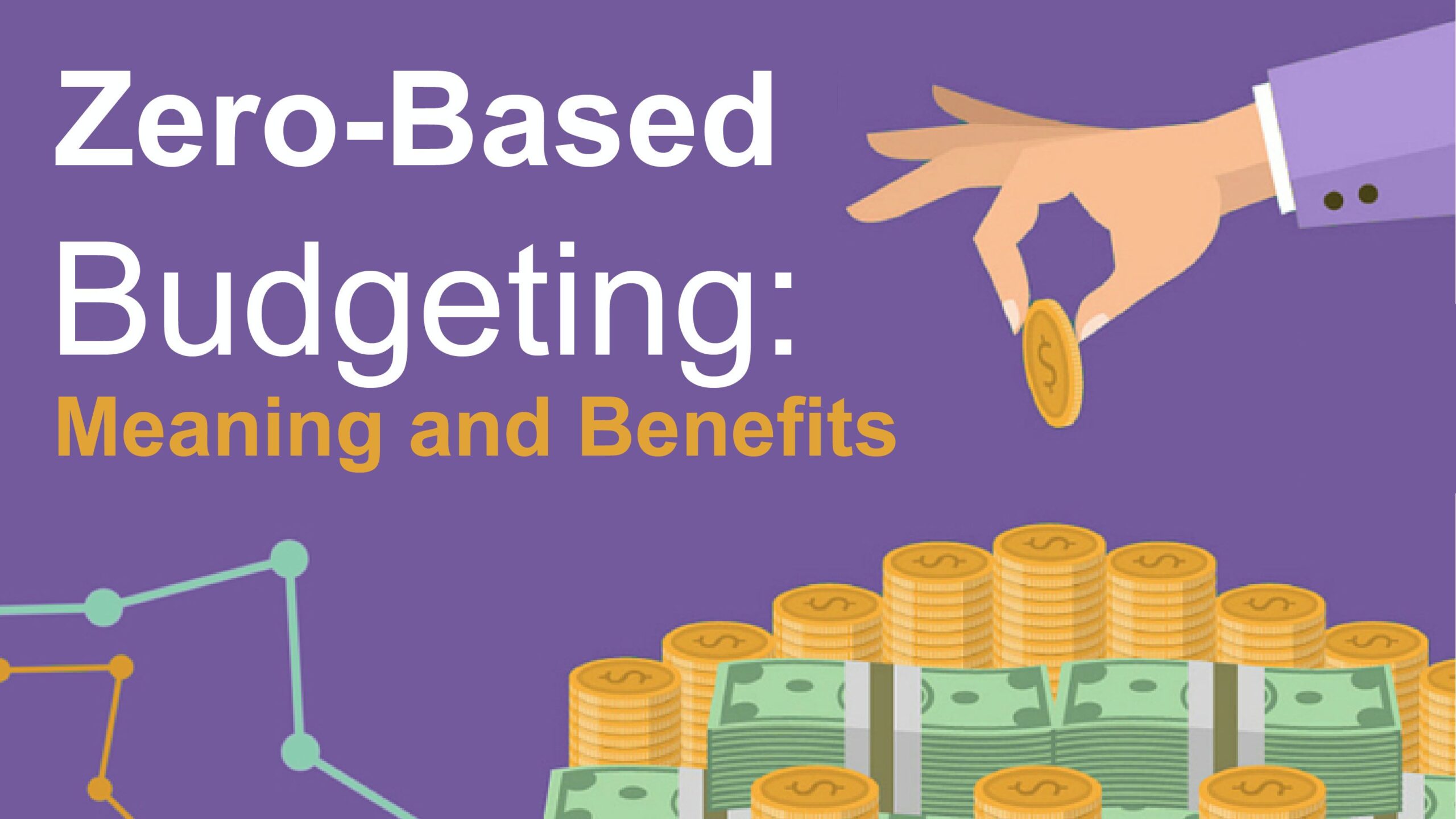
2. **Zero-Based Budgeting**For those who crave ultimate control and a meticulous understanding of every single dollar, zero-based budgeting is often heralded as a game-changer. This method operates on a simple, yet powerful premise: every dollar you earn is assigned a specific job. Nothing is left unallocated, ensuring that you proactively decide the fate of your money each month, rather than wondering where it vanished to. Whether it’s rent, savings contributions, the cost of gas, or even that indulgent $14 acai bowl, every single expenditure is accounted for.
The core principle here is that your income minus your expenses should always equal zero. This doesn’t mean you spend all your money; rather, it means every dollar has a purpose. Any remaining funds after allocating for bills and necessities are then intentionally assigned to savings, debt repayment, or specific financial goals. By demanding that every dollar serves a purpose, this method makes it nearly impossible for “mystery money” to slip through the cracks, leaving you with a clear, comprehensive picture of your financial flow.
One of the significant advantages of zero-based budgeting is its ability to shine a spotlight on your spending habits. By requiring you to actively assign every dollar, you become incredibly aware of where your money is going. This heightened awareness can be particularly transformative for individuals who are committed to crushing debt, as it forces a rigorous examination of every cent. It empowers you to identify wasteful spending, redirect funds to more pressing priorities, and truly optimize your financial resources to achieve your goals faster.
This method requires discipline and a detail-oriented mindset, but the rewards are substantial. It provides an unparalleled level of transparency and control, turning your budget into a dynamic tool that responds directly to your financial intentions. For individuals who are highly motivated to manage their money with precision and avoid any unassigned funds, zero-based budgeting offers a powerful framework to ensure that your financial plan is airtight and perfectly aligned with your aspirations. It’s a proactive stance against financial ambiguity, turning every dollar into an active participant in your financial success.
Read more about: Remember These Financial Game-Changers? 10 Budgeting Methods That Absolutely Mastered It as Reliability Legends.

3. **Cash Stuffing (or the “Envelope Method”)**Long before digital apps and spreadsheets, there was the tangible, straightforward approach of cash stuffing, often known as the “envelope method.” This classic budgeting technique, which has seen a resurgence in popularity thanks to platforms like TikTok, brings a tactile and highly effective form of accountability to your spending. It’s remarkably simple: you withdraw physical cash and divide it into labeled envelopes for different spending categories like “groceries,” “gas,” “takeout,” or “entertainment.”
The power of the envelope method lies in its physical limitations. Once the cash in an envelope is gone, it’s gone. This creates a clear, undeniable boundary that makes overspending significantly harder compared to the often-invisible limits of credit cards. When you physically hand over cash, there’s a heightened sense of the transaction and the diminishing funds, which can be a powerful psychological deterrent against impulsive purchases. This method demands a conscious decision with every expenditure, fostering a more mindful approach to your money.
For those who frequently find themselves overspending, especially with credit cards or digital payments, cash stuffing offers a much-needed dose of discipline and clear limits. It forces you to confront your spending habits in a very direct way, providing immediate feedback on how quickly you’re depleting funds in a particular category. This hands-on experience can be incredibly effective in retraining spending behaviors and cultivating a greater appreciation for the value of each dollar. It’s a stark contrast to the often abstract nature of digital transactions, where money can feel less real.
While it might seem old-school, the effectiveness of cash stuffing for certain individuals is undeniable. It eliminates the temptation of simply swiping a card when an envelope is empty, making you pause and reconsider whether a purchase is truly necessary or if it can wait until the next budgeting cycle. This method is particularly well-suited for overspenders who thrive on tangible boundaries and need a strong, immediate signal to curb their impulse buying. It’s a powerful tool for rebuilding financial discipline and fostering a healthier relationship with your spending habits.
Read more about: Unlock Your Financial Potential: Expert-Vetted Budgeting Methods to Prevent Overspending and Build Lasting Wealth

4. **Pay Yourself First**Imagine a budgeting strategy that prioritizes your future self without relying on sheer willpower every single month. That’s precisely what the “pay yourself first” method achieves. This approach flips the traditional script of budgeting, instead advocating that you save and invest first, and then confidently live off the remainder of your income. It’s a proactive strategy designed to make building wealth and achieving savings goals an automatic, non-negotiable part of your financial life, rather than an afterthought that often gets squeezed out by other expenses.
The core beauty of this system is its inherent automation. By setting up automatic transfers from your checking account to your savings, emergency fund, Roth IRA, or other investment vehicles immediately after you get paid, you essentially remove the decision-making process. This means your wealth-building efforts are consistently happening in the background, without requiring daily or weekly mental effort to ensure you put money aside. It leverages the power of habits and systems to ensure that your financial priorities are met consistently, making savings an integral part of your budget from the outset.
This method is particularly powerful for individuals focused on long-term wealth building and consistent savings. It ensures that critical financial goals, such as building an emergency fund, saving for a down payment, or funding retirement, are given precedence. By making these allocations at the beginning of your pay cycle, you prevent the common pitfall of spending all your money on current needs and wants, only to find there’s nothing left to save. It instills a disciplined habit of prioritizing future financial security, transforming saving from a hopeful intention into a guaranteed action.
Moreover, by living off what’s left after you’ve paid yourself, you naturally become more resourceful and intentional with your remaining funds. This creates a sense of financial freedom, knowing that your essential savings are already handled. It reduces the stress of trying to find money to save at the end of the month and empowers you to make spending decisions with the confidence that your future self is already taken care of. For anyone looking to build wealth consistently and effortlessly, the “pay yourself first” strategy is a cornerstone that financial experts highly recommend.
Read more about: 11 Simple Hacks to Slash Your Credit Card Interest Rate by 5 Points: An Actionable Guide for Smart Spenders

5. **Loud Budgeting**In an age where sharing our lives online is commonplace, “loud budgeting” takes the concept of oversharing and applies it to your financial goals, transforming personal aspirations into a powerful tool for accountability. This modern budgeting strategy encourages you to openly declare your money goals to your friends, family, group chats, or even your social media followers. The premise is simple: when others know about your financial commitments, you are far more likely to stick with them.
The real power of loud budgeting stems from the social pressure and built-in accountability it creates. Human nature often drives us to fulfill commitments we’ve made public. By verbalizing or publishing your financial objectives – whether it’s saving for a down payment, paying off a specific debt, or cutting back on discretionary spending – you create an external layer of motivation. Your support network becomes a silent or even active partner in your journey, offering encouragement, gentle reminders, and celebrating your milestones, all of which can significantly boost your resolve.
This method is particularly effective for individuals who are social and accountability-driven, those who find themselves more committed to goals when there’s an external audience aware of their progress. It shifts the burden of self-motivation to a shared responsibility, making it harder to quietly abandon your financial resolutions. When your friends know you’re trying to save for a big trip, they might suggest budget-friendly activities, or gently question that impulsive purchase, providing a valuable layer of support that a spreadsheet simply cannot offer.
Beyond just accountability, loud budgeting also fosters open conversations about money, which can be surprisingly liberating. In a society where finances are often considered a taboo topic, this approach normalizes financial discussions, allowing for shared learning and support. It transforms a solitary struggle into a communal effort, making the journey to financial wellness more motivating and, dare we say, even fun. For those who thrive on external validation and group support, loud budgeting provides an innovative and surprisingly effective pathway to achieving financial success.” , “_words_section1”: “1940
The world of budgeting offers innovative and tailored approaches, beyond the frameworks we’ve discussed. Financial gurus consistently remind us that the “best” budget is the one you stick to, often found by exploring diverse methods. Let’s dive into five more invaluable strategies to transform your money management from a chore into a seamless, highly effective habit, helping you command your financial destiny.
Read more about: Remember These Financial Game-Changers? 10 Budgeting Methods That Absolutely Mastered It as Reliability Legends.

6. **Automated Budgeting**Imagine a budgeting system that works tirelessly in the background, making sure your finances are on track without requiring constant manual input from your side. This is the promise of automated budgeting. It leverages technology—budgeting apps, online banking features, and even specific financial tools—to track your expenses, categorize your spending, and crucially, automate your savings and bill payments. It’s about letting the “robots” handle the repetitive tasks so you can focus on the bigger financial picture.
The real genius of automated budgeting lies in its “set it and forget it” nature. You link your accounts, define your categories and savings goals, and then the system takes over. Apps like MoneyLion, Mint, or Rocket Money are designed to track every transaction, giving you a real-time snapshot of where your money is going. This continuous monitoring, without you having to manually log every coffee or grocery run, significantly reduces the mental load and decision fatigue associated with traditional budgeting methods.
Furthermore, automated budgeting is a powerful ally for consistent savings and debt repayment. You can easily set up automatic transfers from your checking account to your savings, emergency fund, or investment accounts on your paydays. This ensures that you “pay yourself first” without even having to think about it. For critical payments, automated bill pay prevents late fees and helps maintain a healthy credit score, bringing an unprecedented level of efficiency and reliability to your financial routine.
This method is ideal for tech-savvy individuals who appreciate convenience, wanting financial discipline built into their systems, not solely reliant on willpower. It’s for those seeking their money to work harder, consistently moving towards goals like an emergency fund or retirement, without active transaction management. Automated budgeting transforms financial management into an effortlessly running engine, ensuring consistency and peace of mind.
Read more about: Remember These Financial Game-Changers? 10 Budgeting Methods That Absolutely Mastered It as Reliability Legends.
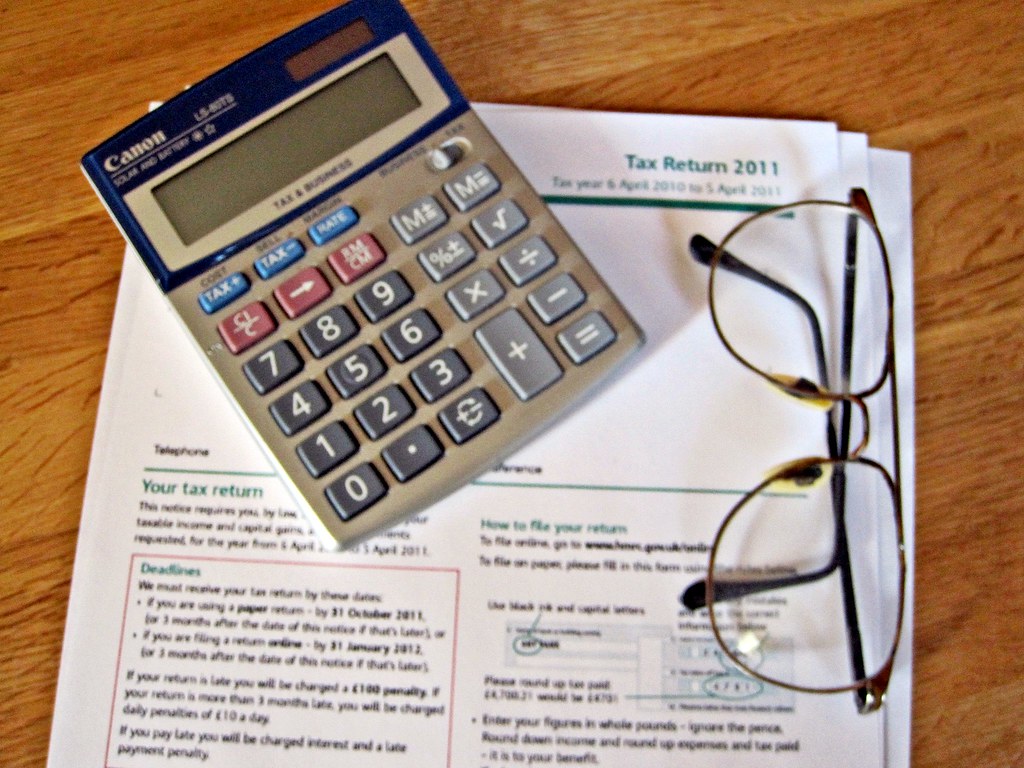
7. **The Japanese Kakeibo Method**For those who seek a more profound, mindful connection with their money, the Japanese Kakeibo budgeting method offers a refreshing alternative to purely digital solutions. Kakeibo, which translates to “household finance ledger,” is a pen-and-paper system designed to encourage intentional spending and profound self-reflection. It asks a simple yet powerful question before every purchase: “Do I really need this?” This deliberate pause is at the heart of its effectiveness.
The Kakeibo method goes beyond merely tracking numbers; it’s a philosophical approach to personal finance. At the beginning of each month, you write down your income and fixed expenses. Then, you set clear savings goals for the month and consider four key questions: How much money do I have? How much would I like to save? How much am I actually spending? And how can I improve? This initial reflection sets a mindful tone for your spending decisions.
Throughout the month, you meticulously log every single purchase by hand in your Kakeibo notebook, categorizing them into four spending pillars: survival (needs), optional (wants), culture (experiences), and extra (unexpected). This physical act creates a tangible record, forcing you to confront spending habits, fostering heightened awareness and helping identify patterns of impulsive or wasteful spending.
This style suits individuals craving mindfulness and intentionality, finding clarity and discipline through a tactile, reflective process. By forcing a pause before each purchase, Kakeibo helps break mindless spending habits, cultivate gratitude, and align expenditures with values and long-term financial goals, building a healthier, more conscious relationship with wealth.
Read more about: Remember These Financial Game-Changers? 10 Budgeting Methods That Absolutely Mastered It as Reliability Legends.
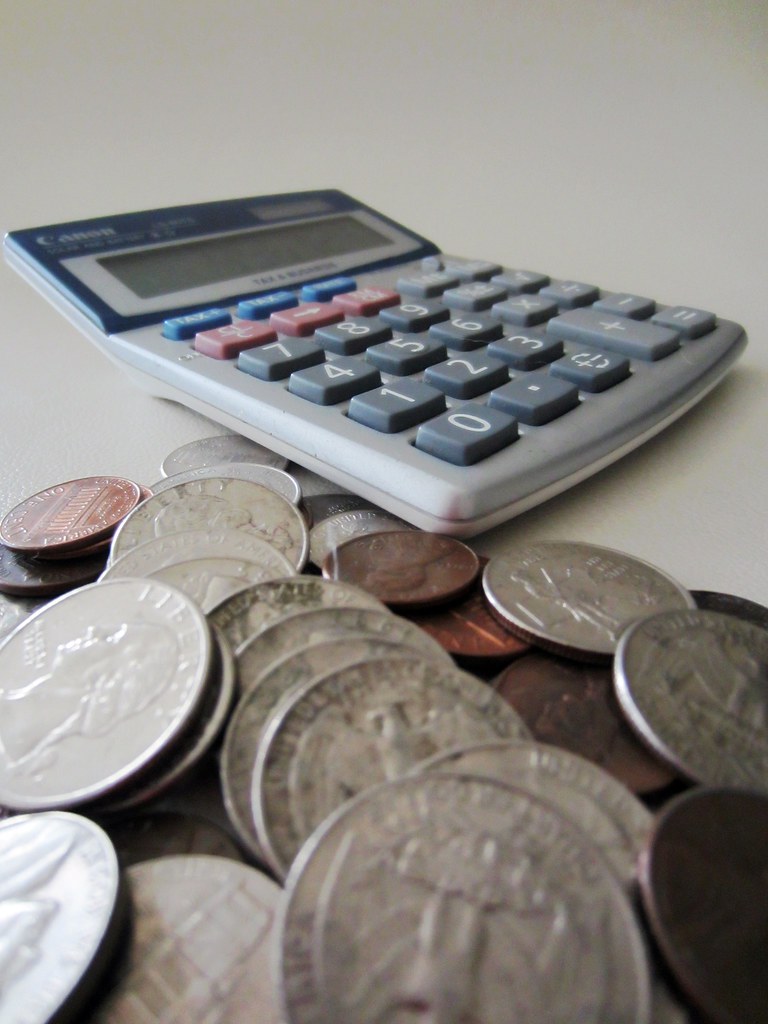
8. **The 80/20 Budget (also known as the Pareto Principle)**If the thought of meticulously tracking every dollar or categorizing every expense makes you want to run for the hills, then the 80/20 Budget might just be your financial liberation. Often referred to as the “Pareto principle” of budgeting, this method champions simplicity: save 20% of your income, and spend the remaining 80% as you see fit. It’s the “low-effort meal prep” of personal finance, designed for those who want results without the granular detail.
The core appeal of the 80/20 budget is its straightforwardness. There are no complex categories, no rigid rules beyond that crucial 20% savings target. You prioritize setting aside that 20% right off the top—ideally through automation—and then you have considerable freedom with the rest. This simplicity makes it incredibly easy to adopt and, more importantly, to stick with consistently, which is often the biggest hurdle in any budgeting journey.
This method works particularly well because it guarantees some level of savings, ensuring your financial future is always being built, while still providing ample flexibility for your current lifestyle. It removes the stress of guilt over discretionary spending, as long as you’ve met your primary savings objective. You can enjoy dinners out, entertainment, and personal purchases without feeling like you’re deviating from a strict plan, knowing that your long-term goals are still being addressed.
The 80/20 budget suits minimalists, busy professionals, or anyone who simply doesn’t want to overthink their money. It’s for individuals generally responsible with spending but who prefer broad guidelines over detailed ledgers. For a low-friction way to ensure consistent savings and financial progress without minutiae, this straightforward approach offers a powerful solution.
Read more about: Your Guide to Financial Control: 10 Budgeting Methods for Every Consumer

9. **Bi-Weekly Budgeting**For many salaried workers, income arrives like clockwork, typically every two weeks. Yet, traditional budgeting often revolves around a monthly cycle, which can sometimes create awkward mismatches with bill due dates and cause cash flow fluctuations. This is where bi-weekly budgeting steps in, offering a remarkably practical and intuitive solution by aligning your financial plan directly with your paycheck schedule.
The beauty of bi-weekly budgeting is its ability to smooth out your cash flow and mitigate the dreaded “mid-month panic” that can arise when a monthly budget doesn’t quite match up with your income stream. Instead of trying to stretch a monthly paycheck across various bills that might be due before your next payday, this method allows you to allocate funds as they arrive. Each paycheck has a clear purpose, ensuring that essential expenses are covered efficiently.
With a bi-weekly approach, you effectively create two mini-budgets each month. For example, your first paycheck might cover rent/mortgage, a portion of groceries, and some utilities. Your second paycheck could then handle other recurring bills, remaining discretionary spending, and savings contributions. This regular, smaller allocation of funds provides a more granular view of your money throughout the month, making it easier to adjust and course-correct if unexpected expenses arise.
This method is highly recommended for salaried workers receiving bi-weekly paychecks, or anyone struggling with cash flow management. Synchronizing your budget with income frequency provides greater clarity, reduces financial stress, and makes managing money feel more natural and effortless.
Read more about: Remember These Financial Game-Changers? 10 Budgeting Methods That Absolutely Mastered It as Reliability Legends.
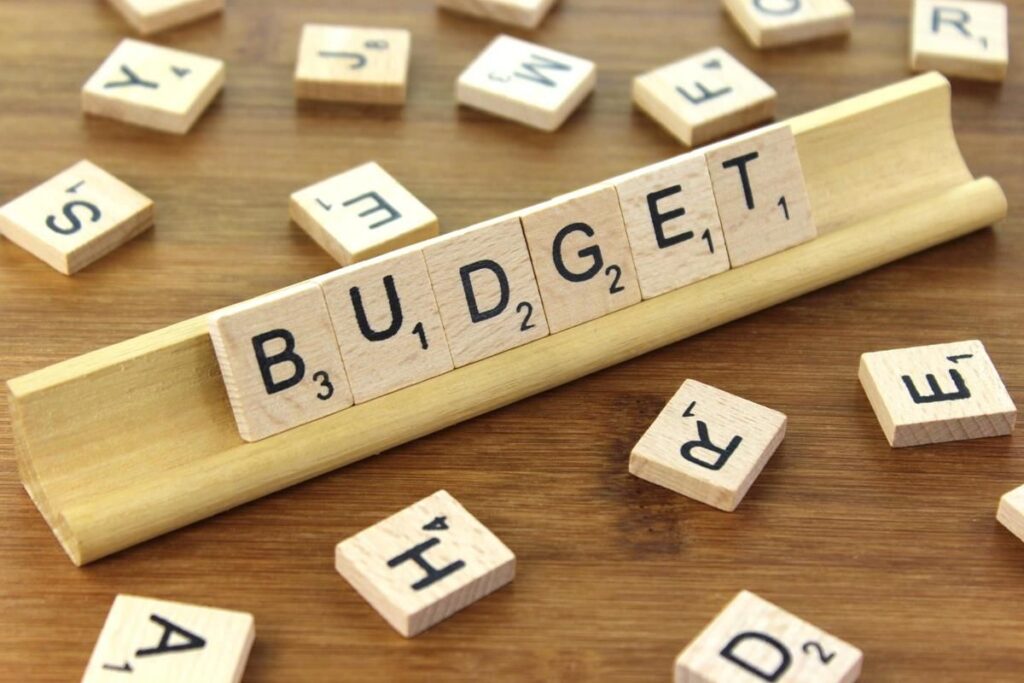
10. **Reversed Budgeting**Traditional budgeting often starts with tracking expenses, then allocating funds, and finally seeing what’s left for savings. Reversed budgeting flips this script entirely, offering a liberating approach for those who want to ensure their financial goals are met first, without the exhaustive tracking of every single penny afterward. It’s an empowering method that says: save for your big goals first, and then spend the rest guilt-free.
The core principle is brilliantly simple: identify your significant financial goals—be it a down payment, a large investment, or a substantial debt repayment—and then immediately allocate a predetermined amount of your income towards them. This “reverse” approach ensures that your most crucial financial priorities are handled upfront, becoming a non-negotiable part of your budget, rather than an aspiration that might get sidelined by day-to-day expenses.
Once those critical allocations are made, the remaining money is yours to spend without needing a strict, itemized budget. This dramatically reduces the burden of constant tracking and categorization, which can be a major turn-off for many. The freedom comes from knowing that your future self is already taken care of; any money spent after your goals are funded is entirely guilt-free, transforming spending from a source of anxiety into an enjoyable experience.
Reversed budgeting is a fantastic choice for individuals who detest tracking every expense but are committed to achieving significant financial results. It’s also great for those with a reasonable handle on general spending, needing just a framework to prioritize big-picture goals. This method proves you don’t need to be a meticulous spreadsheet wizard to build wealth and enjoy financial freedom; sometimes, a clever shift in perspective is all it takes.
**Choosing Your Perfect Financial Fit: The Path to Budgeting Mastery**
With an array of powerful budgeting strategies at your fingertips, the final, crucial step is discerning which one truly aligns with your unique financial situation and personality. Financial experts consistently emphasize that the “best” budget isn’t a universally prescribed method, but rather the one you can consistently follow and adapt to your evolving life. It’s about finding a plan that empowers you, not one that leaves you feeling restricted or overwhelmed.
Consider your income predictability: Is it steady or irregular? This fundamental question guides your choice, as some methods, like bi-weekly budgeting, suit regular paychecks, while others, such as zero-based budgeting, can adapt for variable incomes by focusing on the lowest expected amount.
Beyond income, reflect on personal habits and preferences. Are you a “control freak” who thrives on detailed tracking, or do you prefer a “set it and forget it” approach? Do you need tangible cash accountability or digital precision? Perhaps social support motivates you, making “loud budgeting” an effective tool. The method you choose doesn’t have to last forever; try a few plans until one clicks.
Read more about: Unlock Your Financial Potential: A Practical Guide to 10 Budgeting Methods That Will Transform Your Money Habits
Remember, a budget is a living document, not a static decree. Your financial situation inevitably changes—new jobs, unexpected expenses, shifting goals. It’s imperative to periodically review and adjust, making it flexible for seasonal costs or quarterly expenses. While sticking to a budget can be challenging, a change in attitude, discipline, and willingness to seek help will pave your way to financial mastery. The ultimate goal: a spending plan that covers needs, allows for wants, builds savings, reduces stress, and puts you firmly in control.



